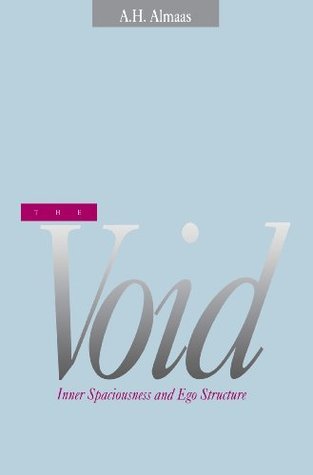What do you think?
Rate this book


In
this book Almaas brings together concepts and experiences drawn from
contemporary object relations theory, Freudian-based ego psychology, case
studies from his own spiritual practice, and teaching from the highest levels
of Buddhist and other Eastern practices. He challenges us to look not only at
the personality and the content of the mind, but also at the underlying nature
of the mind itself.
181 pages, Kindle Edition
First published September 5, 2000